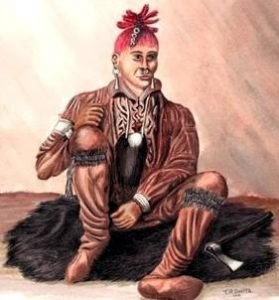Biography of William Schwartz
William Schwartz was one of the pioneers of Eastern Kansas. Many of his activities identified him with Miami County and the City of Paola, though in later years his interests were widely extended. Throughout his career the traits of industry and enterprise are strongly pronounced. He was born in Nassau, Germany, May 4, 1838, and there obtained his early education. He was one of a family of seven children, two sons and five daughters. When he was eighteen years of age, in 1856, William Schwartz set out for the land of promise, crossed the ocean and landed in Philadelphia. He … Read more

